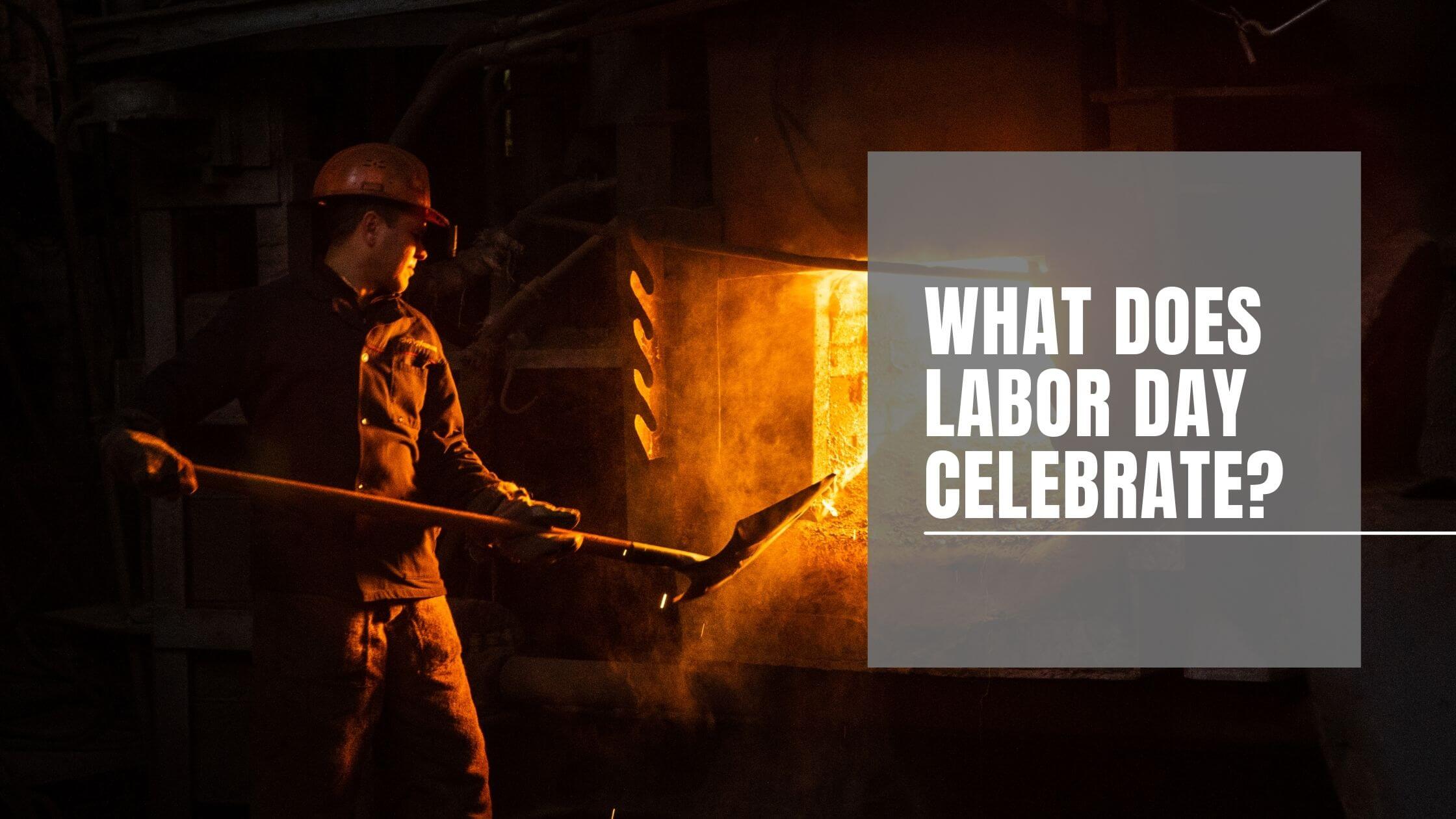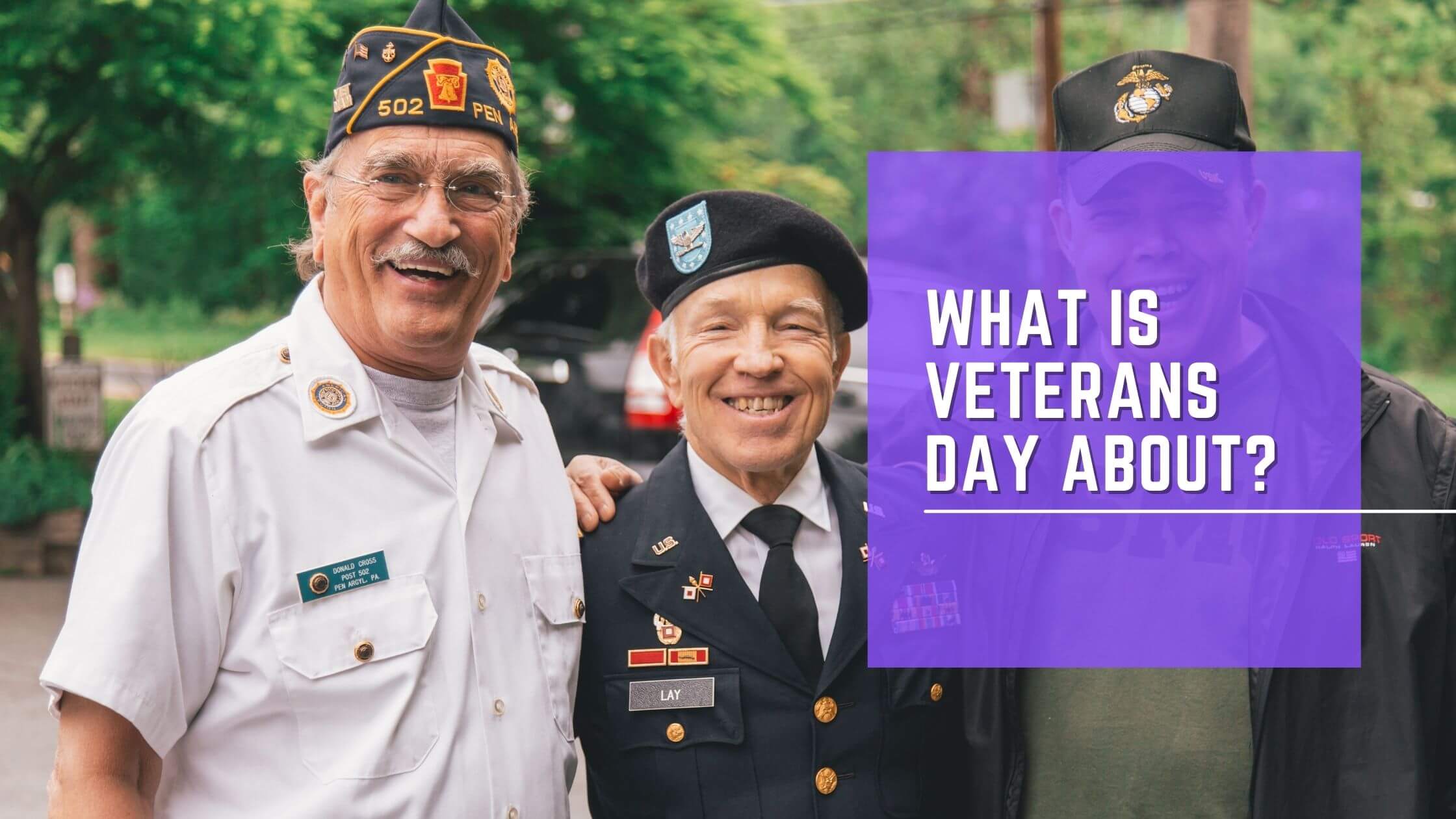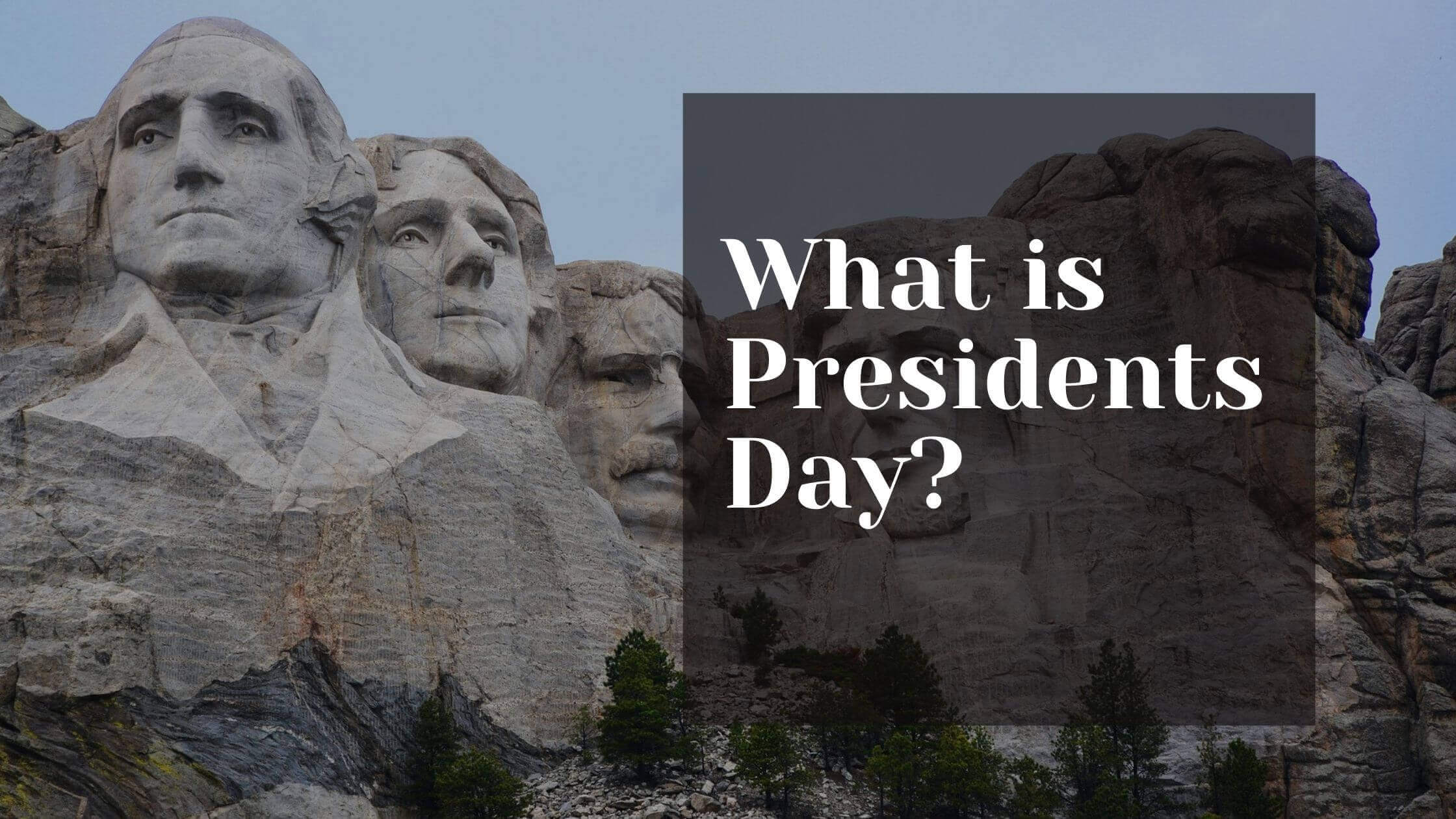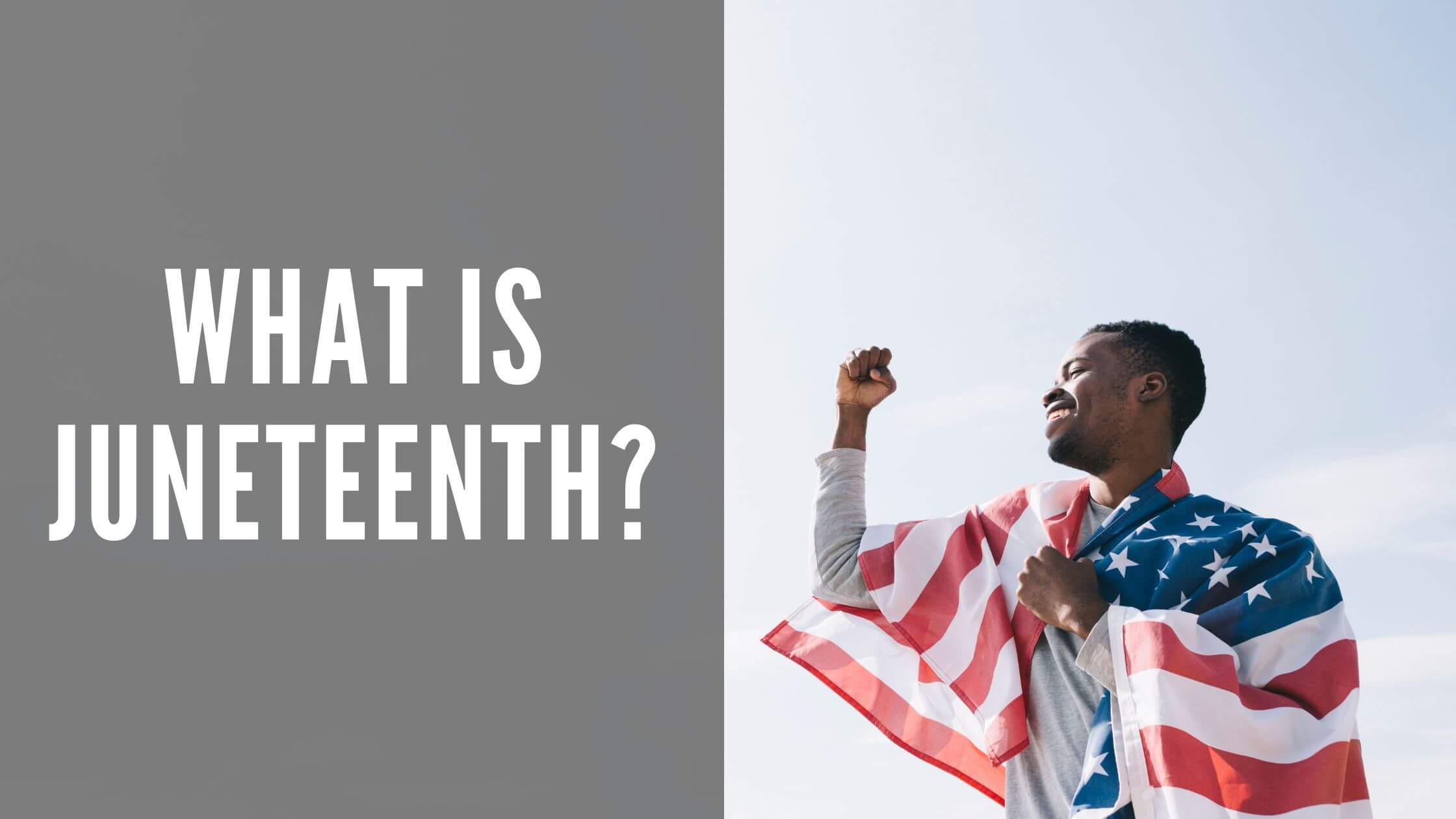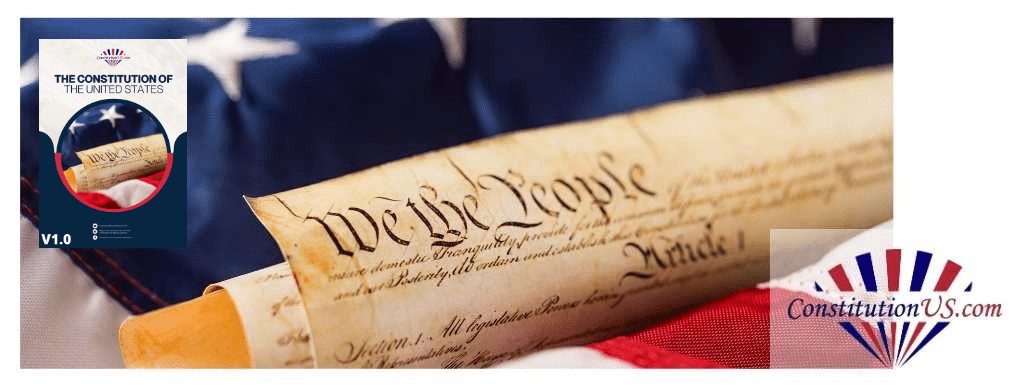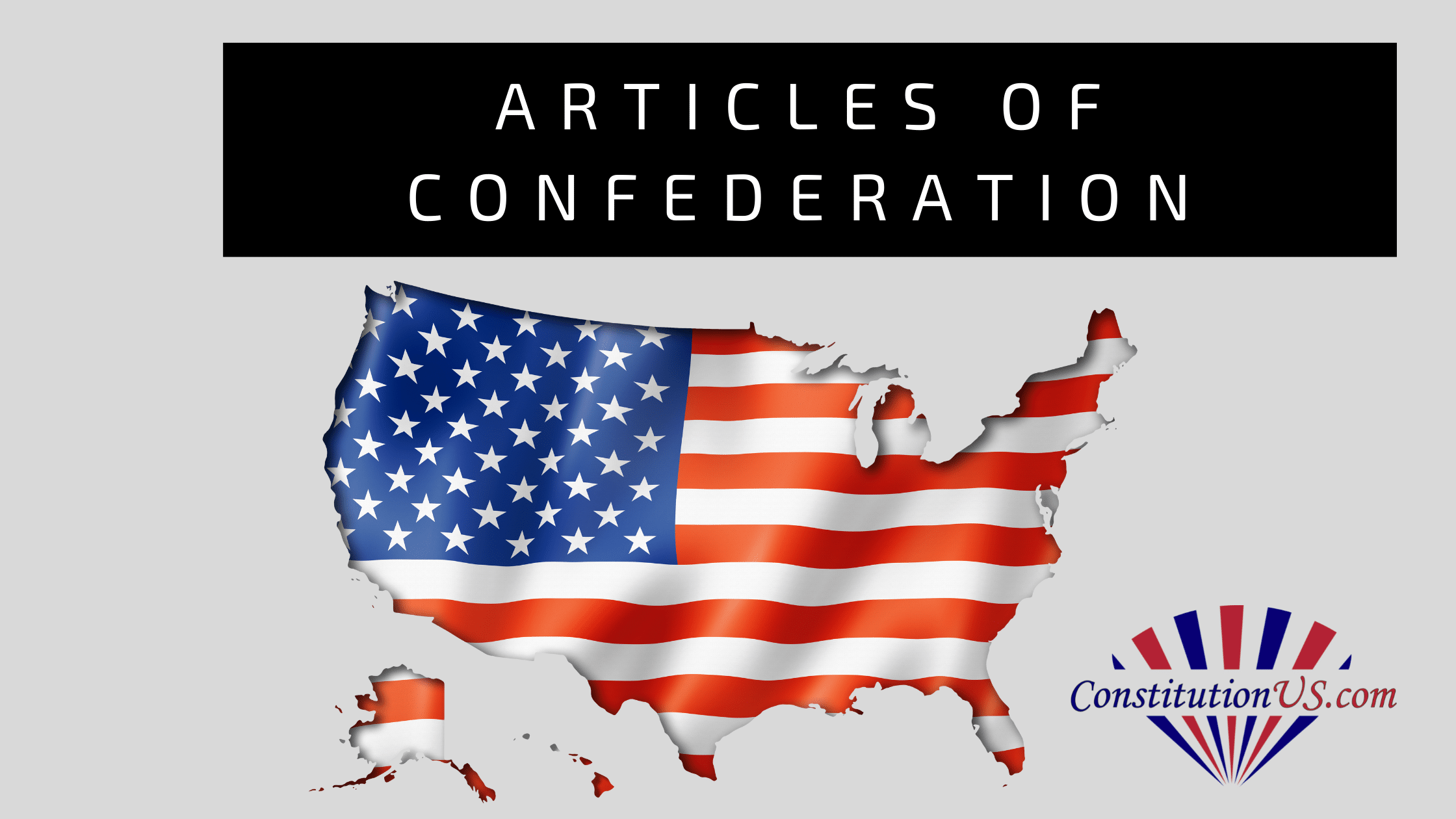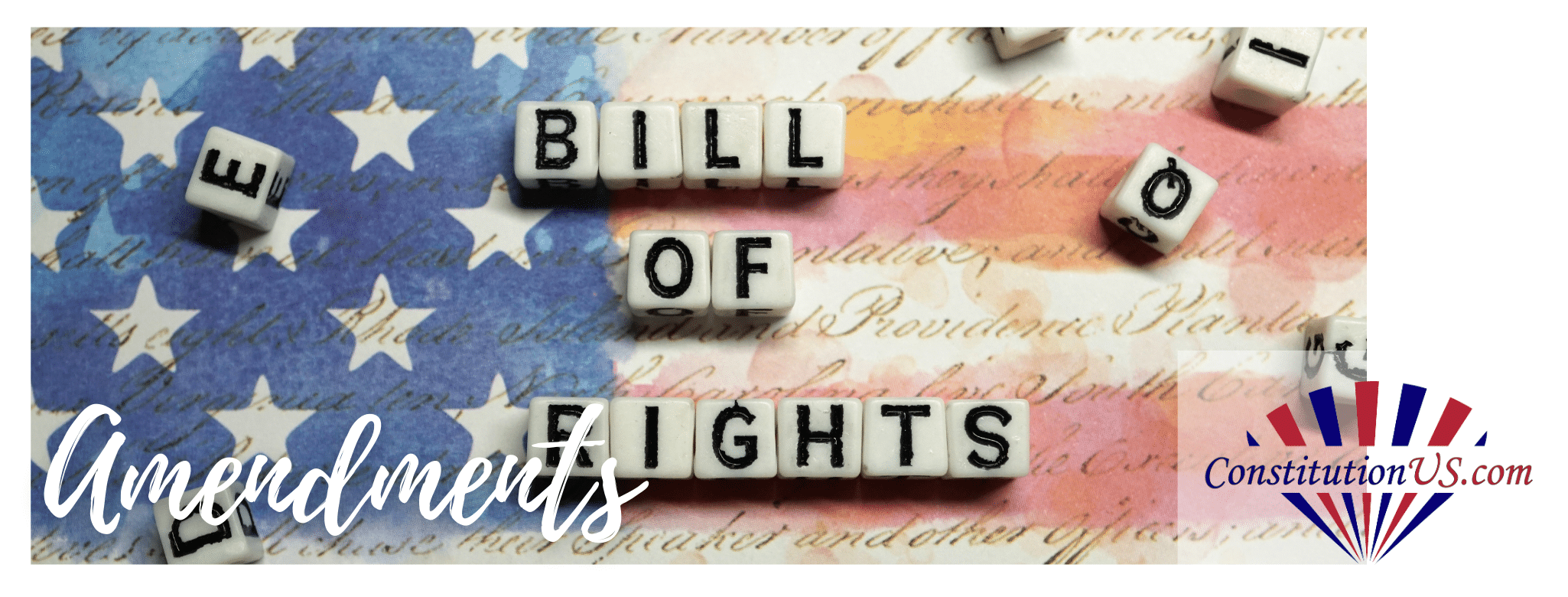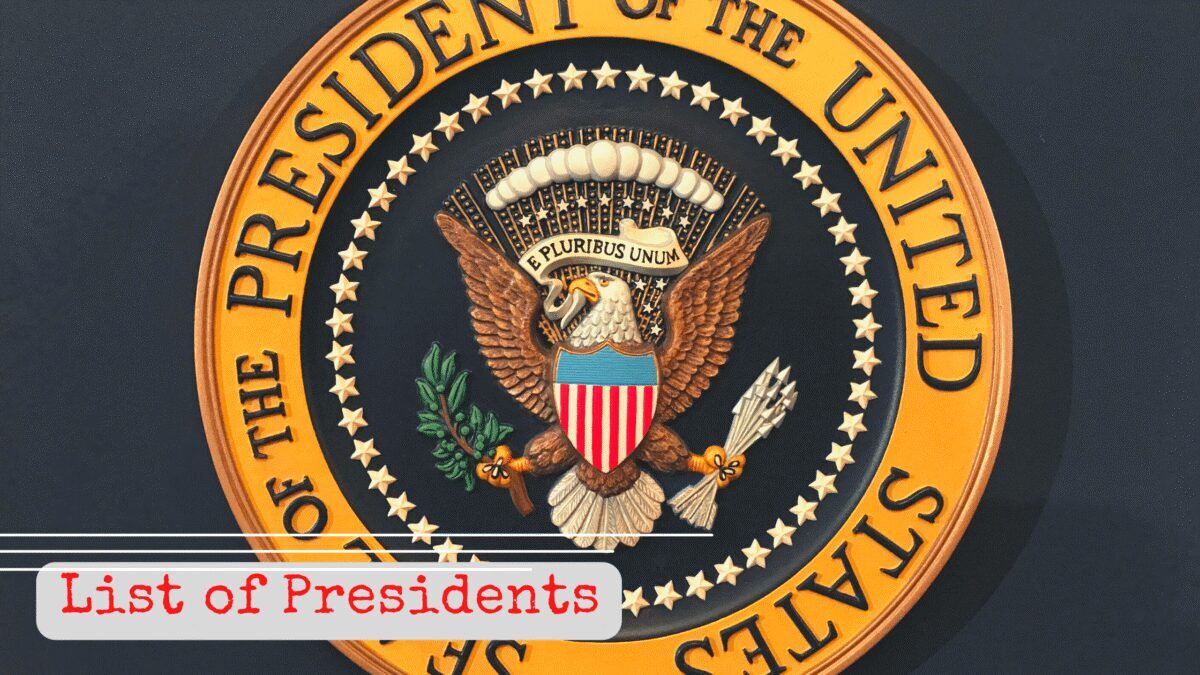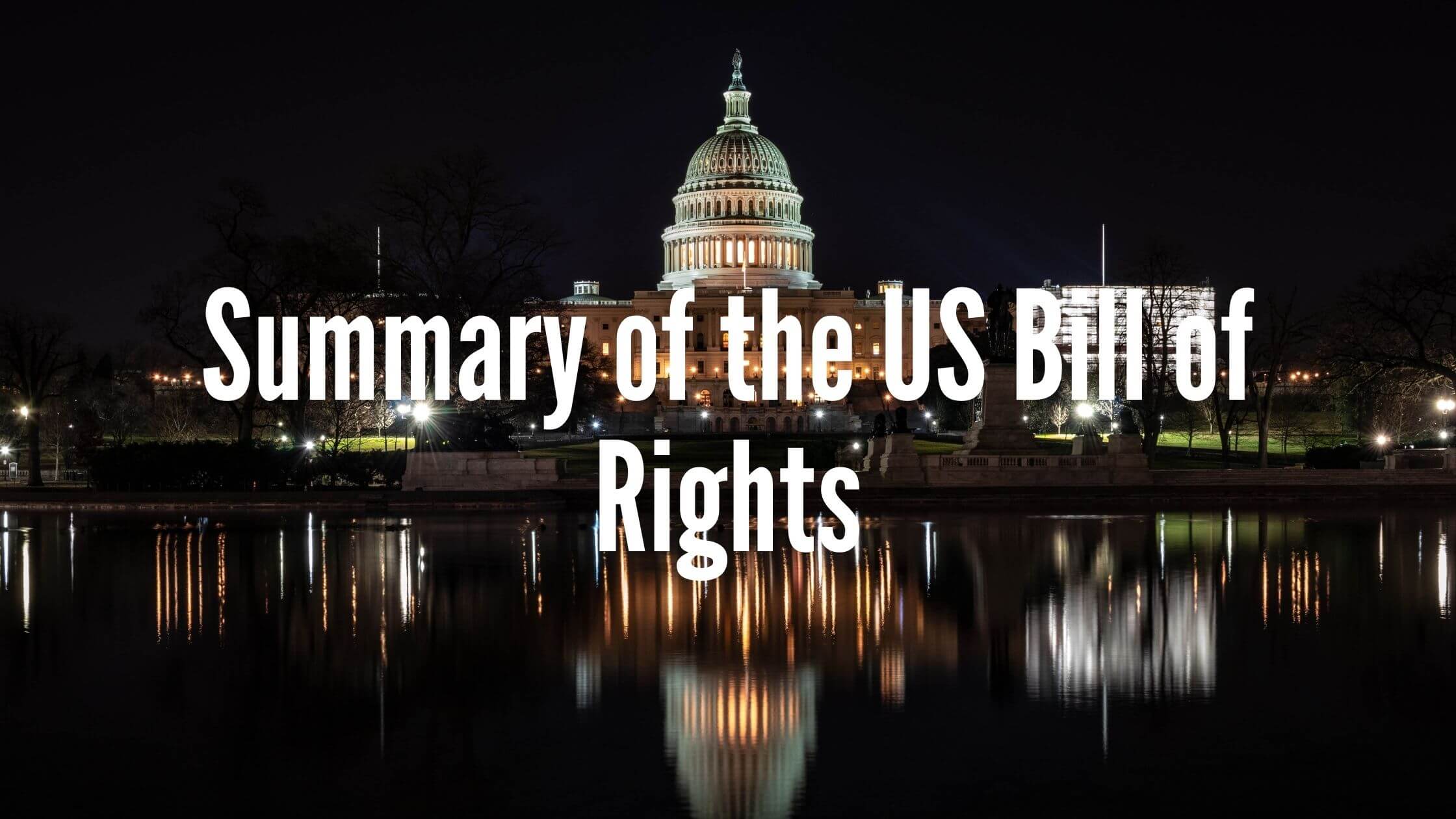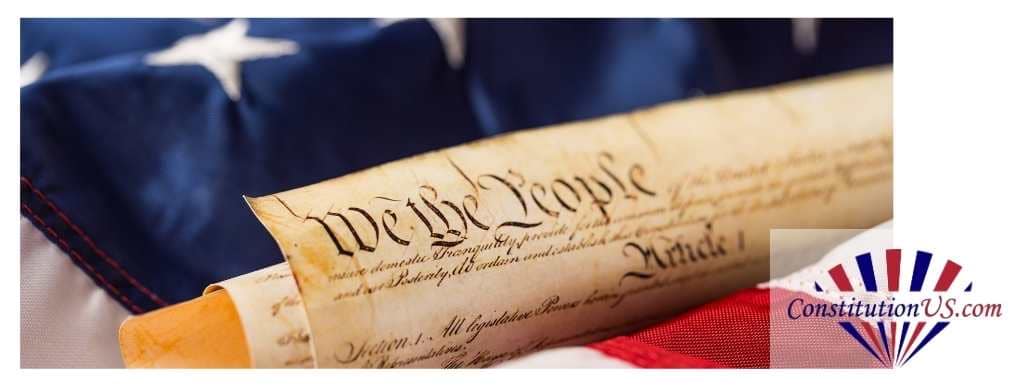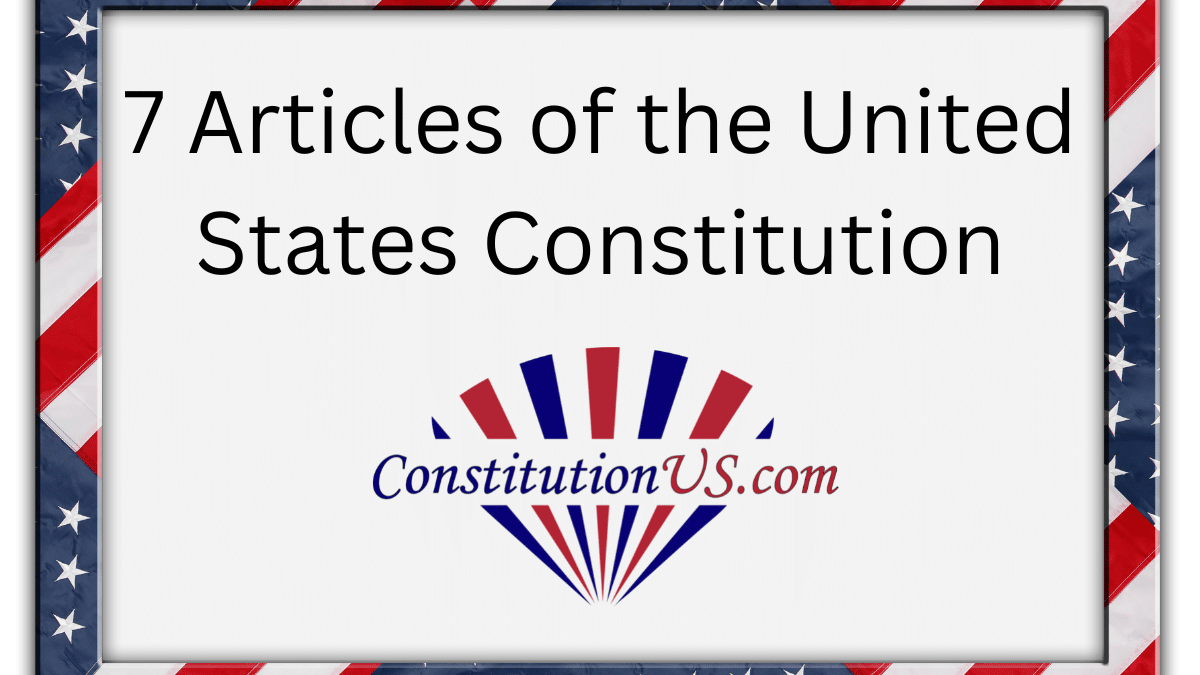Table of Contents
ToggleOrigins of Labor Day
Labor Day is a known holiday across the United States. Taking place on the first Monday every September, it is considered an annual celebration of American workers’ economic and social achievements.
Many are unaware, but this holiday has its roots firmly embedded within the late nineteenth century.
This was when labor activists from across the nation began to push and fight for a federal holiday to be created, honoring and recognizing their immense contribution to the state of the country.
They viewed themselves as key contributors to the prosperity and strength of the country, not to mention the overall well-being of its citizens.
Why Did Advocates Want To Celebrate Labor Day?
As mentioned, the Labor Day holiday was meant and intended to be a day that the people of the United States would recognize and celebrate the contribution, achievements, and dedication of the working class.
Essentially, this was viewed as a way of saying “thank you” and appropriately acknowledging all that has gone into making America the country it is. It was especially important after the long, difficult, and advancing years throughout the 1800s.
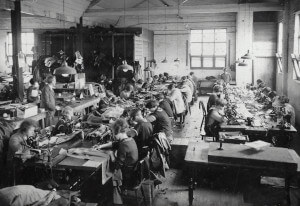
The late 1800s were considered the height of the Industrial Revolution in America. At the time, the average American was working 12 hours a day and seven days a week. This was all so the worker could afford the basic cost of living.
Unfortunately, this left many children also to become part of the working class. Despite restrictions on child labor, children as young as five worked within factories and mines across the country.
Even more unfortunate was that these children received only a fraction of the pay that the adults working alongside them would.
With working conditions being so excruciating, particularly for immigrants and the poor, the working class grew increasingly overwhelmed and exhausted. Because of this, labor unions have become more prominent across the United States.
Organized labor was vocal in speaking out, protesting, and striking against the terrible working conditions – even pushing employers to reconsider excessive working hours and rates of pay.
These strikes and protests were a compelling factor in Labor Day becoming recognized, affecting the laws and regulations regarding the protection of the working class.
Where Was Labor Day Recognized First?
Because of the esteemed work put in by labor activists, before it became a federally recognized holiday, Labor Day was celebrated within individual states. After a lot of effort from the labor movement, municipal ordinances started to be passed in 1885-1886, showcasing many cities and towns’ willingness to celebrate the dedication of their workers.
While New York was the first state to introduce a bill, Oregon was the first to pass a law, giving Labor Day the proper recognition it deserved. Oregon passed the law on February 21st, 1887 – with New York, New Jersey, Colorado, and Massachusetts following closely behind in the same fiscal year.
This progress led to other states jumping on board with the idea of Labor Day becoming a recognized and celebrated state holiday. By the end of the 1880s, Nebraska, Pennsylvania, and Connecticut had followed suit and joined the commemoration. By the year 1894, twenty-three other states had agreed to adopt Labor Day as a holiday.
Because of this, Congress took notice. On June 28th, 1894, an act was passed that made Labor Day a federally recognized holiday that would be celebrated on the first Monday in September annually. This was the goal and a major victory for its working-class advocates across the United States.
Who Created Labor Day?
As for who can be accredited with Labor Day’s creation or fundamental idea, there is still some speculation and debate. Two men are often viewed as the founder of Labor Day: Peter J. McGuire and Matthew Maguire.
Many believe that it was Peter J. McGuire that initiated the process behind the founding of Labor Day in 1882. McGuire was the secretary for the Brotherhood of Carpenters and Joiners, but more importantly, he was the co-founder of the American Federation of Labor. There is even documentation proving his beliefs and suggestions for a generalized holiday, specifically for the laboring classes.

Get Smarter on US News, History, and the Constitution
Join the thousands of fellow patriots who rely on our 5-minute newsletter to stay informed on the key events and trends that shaped our nation's past and continue to shape its present.
However, there is also the belief that Matthew Maguire is owed proper credit for coming up with the idea for Labor Day. While serving as the secretary of the Central Labor Union in New York in 1882, he supposedly proposed the holiday. Later, he would become the secretary of Local 344 of the International Association of Machinists, out of Paterson, New Jersey.
How Is Labor Day Celebrated?
Present-day celebrations across the United States include parades, picnics, barbecues, fireworks, concerts, and many other Labor Day events. It’s often a time for friends and family to get together and have fun. These celebrations are all very consistent with what was outlined when proposing the holiday initially.
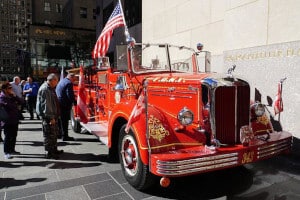
The original proposal stated that Labor Day should begin with a street parade to exhibit all the types of workers being celebrated – very much based on trade and labor organizations. This would then be followed by a festival that included amusement and recreation for the American worker and their family members.
Later, it became common for there to be moments of speeches given by prominent men (and women). This was meant to continue highlighting the significance of the holiday and the effort put in by the labor force and activists. It was and is viewed that the labor force raised the nation’s standard of living and caused the greatest shift in workers’ rights, and granted respect known to mankind.
Other countries around the world began to celebrate Labor Day and organize celebrations of the contribution of workers. These celebrations, which may include a Labor Day parade, are similar to the United States and are often recognized as a national holiday – meaning people will get the day off to enjoy themselves with their loved ones.
